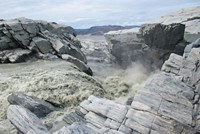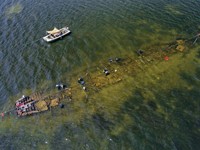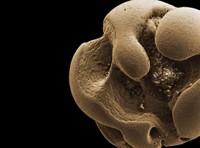Advertisement
Grab your lab coat. Let's get started
Welcome!
Welcome!
Create an account below to get 6 C&EN articles per month, receive newsletters and more - all free.
It seems this is your first time logging in online. Please enter the following information to continue.
As an ACS member you automatically get access to this site. All we need is few more details to create your reading experience.
Not you? Sign in with a different account.
Not you? Sign in with a different account.
ERROR 1
ERROR 1
ERROR 2
ERROR 2
ERROR 2
ERROR 2
ERROR 2
Password and Confirm password must match.
If you have an ACS member number, please enter it here so we can link this account to your membership. (optional)
ERROR 2
ACS values your privacy. By submitting your information, you are gaining access to C&EN and subscribing to our weekly newsletter. We use the information you provide to make your reading experience better, and we will never sell your data to third party members.
Environment
Long-Distance Wiring
Biogeochemistry: Symbiotic bacteria split redox reactions over long distances
by Sarah Everts
February 24, 2010
| A version of this story appeared in
Volume 88, Issue 9
Like power lines, bacteria send myriad electrons across long distances to satisfy their community's energy demands, a new study shows. The research, led by Lars Peter Nielsen at Aarhus University, in Denmark, reveals that bacteria living deep within anoxic layers of marine sediments oxidize hydrogen sulfide to produce a pool of electrons that travel to bacteria at the sedimen's surface. There, the surface bacteria use the electrons to reduce oxygen (Nature 2010, 463, 1071).
"This is an example of cooperation over long distance, longer than ever previously seen among bacterial species," Nielsen says. The Aarhus team found that the electrons journey a distance of more than 1 cm from the anoxic zones to the sediment surface in less than an hour—10,000 times the body length of a bacterium and far faster than is possible by diffusion. Although the possibility of such a symbiosis had long been proposed, “no one ever had experimental proof," Nielsen adds.
The consequence of these spatially split redox reactions is a high surface pH, which pulls calcium carbonate out of the marine water so that a white crust forms. Another consequence is that iron at the sediment’s surface is oxidized to its rusty red form.
In a commentary about the work, Kenneth Nealson, a microbiologist at the University of Southern California, notes that the Aarhus team believes that "conductive nanowires might connect microbial cells [in the marine sediments], creating a network of bacteria that spans large distances in sediments, or other sedimentary components might be responsible, such as metallic conductors of the mineral pyrite. Such hypotheses would at one time have been considered heretical to those in the field, but discoveries made in the past few years now make these arguments tenable."





Join the conversation
Contact the reporter
Submit a Letter to the Editor for publication
Engage with us on Twitter